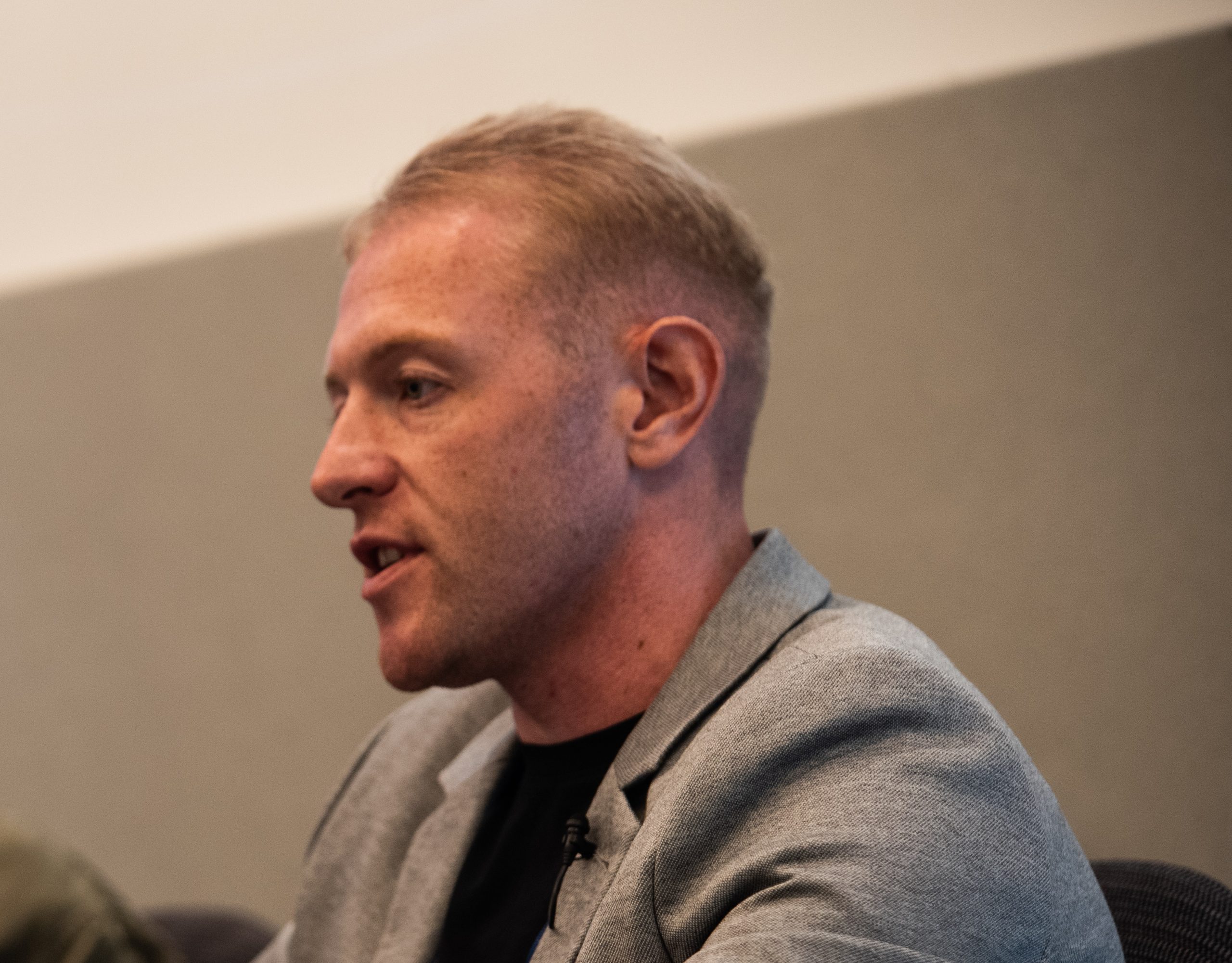Vincze Kalnoky, co-founder of IGBlade.com, looks at Instagram’s decision to trial removing likes counts from posts.
 Does it feel like there’s a new, strategy-shifting update to Instagram every month? The latest news is that Instagram is testing removing public like counts from accounts. Instagram’s goal with the update feels honourable; it’s trying to make the platform less harmful for users. This will also help brands focus more on metrics that matter, rather than vanity metrics. All in all, it should be a win for both users and brands.
Does it feel like there’s a new, strategy-shifting update to Instagram every month? The latest news is that Instagram is testing removing public like counts from accounts. Instagram’s goal with the update feels honourable; it’s trying to make the platform less harmful for users. This will also help brands focus more on metrics that matter, rather than vanity metrics. All in all, it should be a win for both users and brands.
But every time social platforms like Instagram change, brands managing marketing strategies on those channels need to adapt. Sometimes, these changes aren’t a big deal. Yet this one feels different somehow. Many brands use public like counts, so this particular update is already causing quite a stir among Instagram marketers.
There is some good news, however. Before this and other big changes to Instagram hit your accounts, there are steps you can take to not only survive, but actually thrive with the update. Here are five tips to make your Instagram marketing even better after losing the public like count.
1. Take a breath and know this is part of the game
A change to Instagram’s algorithm or app isn’t unusual. In the span of a few months, Instagram explored updating its explore format, finding new ways for brands to engage with influencers, and now, hiding like counts. More changes are to come. But that’s the cost of marketing on a platform run by another company.
My platform works with hundreds of brand marketers managing thousands of accounts. Whenever there’s a change to the Instagram platform, we usually see one of two responses. The first is complete panic (and sometimes wanting to pull off of Instagram altogether). This is like selling your investment portfolio during a dip in the market. The second, more reasoned approach is to ask: “OK, so how do we adapt?” Obviously, the second response is more productive.
As many brand marketers will tell you, the like count is a false indication of success anyway. Sure, likes can be tied to your overall brand engagement. But they aren’t the ultimate goal of your campaign (more on that shortly).Instead of getting frustrated or worried about this update, see it as an opportunity to re-evaluate what’s working well in your Instagram marketing strategy, what you hope to get from the platform, and your path to achieve your goals.
By keeping focused on what matters most, the results from your marketing tactics, you’ll be able to stay cool when these updates hit… even if your brand has a high dependence on a specific channel for its traffic.
2. Improve campaign measurement
In the early days of social media, brands developed strategies to get more likes, but didn’t tie the value of a like to their income. Even though brands will still be able to see likes, the new Instagram change should make you refocus why you’re using Instagram.
You should re-evaluate what you’re gaining from being on the platform. What’s the value of your likes? How do you convert individuals who engage with your brand to become customers?Having the right goals is only part of the equation. You need to find the best ways to measure how well you’re achieving those goals.
Instagram’s limited built-in analytics means you should turn to third-party tools to get better insight. Tools that enable you to set alerts for when your follower growth slows, if engagement drops, or even if you forget to post on a given day. These are combined into convenient reports, delivering actionable insights at a glance.You can even combine Instagram-specific data with other analytics to get a big picture view of how successful your strategies are. For example, setting custom goals in Google Analytics, and then filtering traffic by referral source, lets you tie a dollar value to your overall Instagram marketing.
Once you start measuring Instagram success using data other than likes, you’ll see patterns about which types of posts and stories deliver the best results. You won’t be playing a guessing game. Most importantly, you’ll be positioned to create a real, deep relationship with your audience.
3. Focus on real, deeper engagement with your audience
If you’ve ever used a popular hashtag, you will have seen armies of bots commenting and liking your posts. This isn’t the kind of engagement we’re looking for. Instead, we want to focus on building real relationships with fans. This means fans that will not just engage with your posts – increasing the likelihood your posts will appear first in their stories – but also, tap through to your website. This is the real type of engagement that delivers a positive ROI from Instagram. By running experiments, you’ll be able to determine which types of content drive the best engagement.
Here are some ideas you can test to increase engagement:
• Add quiz stickers to your stories
• Boost your high-value branded partnerships as ads
• Include locations in your posts
• Share the answers to your question stickers with your audience, creating a dialogue instead of a one-way conversation
• Give an inside look into your team’s day-to-day activities which can not only humanize your brand, but be a valuable recruitment tool
• Experiment with new hashtags
Above all, focus on adding value to your audience as much as possible. Audiences can tell when a post is self-serving and inauthentic.
4. Explore and test new content typesIf you’ve been avoiding Stories because it’s difficult to implement now’s the time to change. Depending on the type of posts – sponsored or organic – and the format – feed or story post – you’ll see different levels of engagement and performance.
You might even explore creative ways to use the existing Instagram formats, such as using carousels to sell a multi-part story or longform narrative.As long as you’re set up to track real engagement, your experiments can yield fascinating, profitable results.
5. Be ready when changes come
If (or when) Instagram finally removes public like counts, it won’t be the last change on the platform. Apply the steps above to gain a robust Instagram strategy that lets you adapt to any platform updates.
















